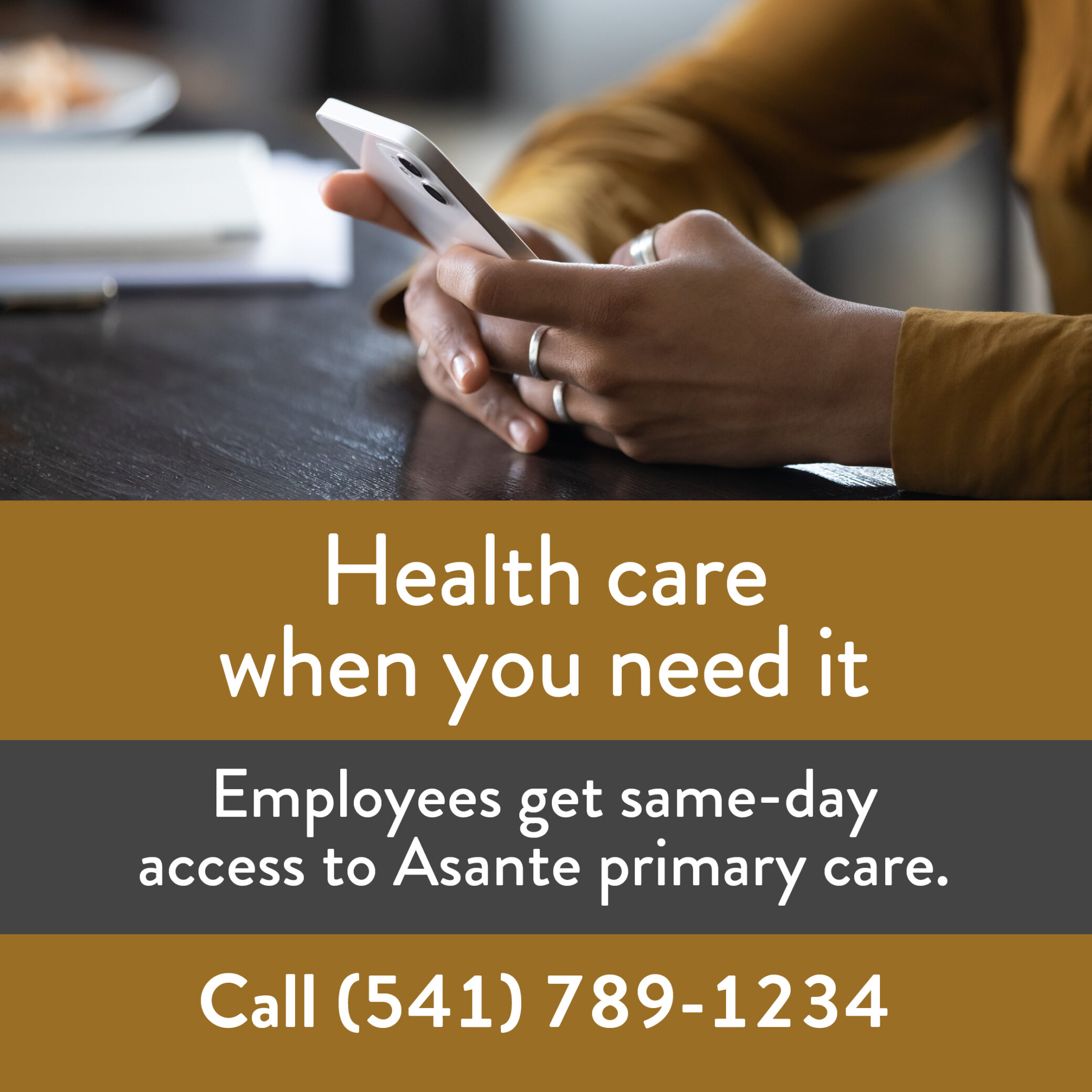Share:
Questions about the new mobility tool? We have answers
As humans, the ability to move, to be functional, and to be independent is important. During a hospitalization, some decline in our functional movement may be unavoidable due to acute illness or preexisting conditions. Deconditioning is a hospital-acquired condition that occurs as the result of a failure to perform mobility activities that will preserve baseline level of function. The good news: Deconditioning is preventable and many of the harmful effects of hospitalization can be avoided or minimized though early and regular mobility.
The Asante Mobility Tool was relaunched July 16 after a delay due to COVID-19. Any bedside staff member engaging in patient mobility should follow the steps of the AMT before each episode of mobilization. These steps will become more natural and easier to integrate into existing work you become more familiar with the tool and intent behind each step.
Mobility is required at least three times over a 24-hour period, not limited to ambulation! Staff should use appropriate interventions for the patient’s identified level (range of motion, exercises, chair for meals and activities of daily living, and ambulation). Physical therapy count towards daily mobility.
General roles and responsibilities
RNs:
- Initial MOVES assessment and Asante Mobility Tool score upon admission
- Ongoing MOVES and AMT level at least once per shift or with change in patient status.
- Initiating and documenting appropriate mobility interventions.
CNAs:
- Ongoing AMT evaluation when performing mobility (not required to document AMT level for each mobilization if level is unchanged from previous).
- Initiating and documenting appropriate mobility interventions.
- Note that interventions section does not appear in Epic until an initial AMT score is documented. This is a safety measure to ensure we are following the appropriate interventions for the mobility level and to encourage real-time charting.
Frequently asked questions
My patient has spinal, sternal, hip precautions. Should I be concerned about them breaking these during the sit and shake?
The test requires your patient’s arm to minimally cross midline (like a handshake); it does not require the patient to twist. Please be vigilant on your education to the patients that they do not twist and that they continue to follow ordered precautions.
Spinal blocks and hip fractures are not listed under barriers to move. Should I be trying to get these patients to the edge of the bed?
Please follow the doctor’s mobility orders and continue to use your clinical judgement. If you know your patient will not be safe sitting at the edge of bed, do not get them up.
My patient is not able to sit and shake, but they are able to straighten their legs and point their toes. How is this documented?
If at any point a “no” is answered, do not go further in the AMT. In this example, you would stop at the sit and shake. Once you file your documentation, a score will appear.
If the mobility status is not on the whiteboard, how will someone answering a bed alarm know what the patient can do?
The whiteboard is meant as a tool for communication to the patient, not to the staff. Please use this to write down information we would like the patient to know. A new laminate sheet is being made that will be posted outside patient rooms or next to the whiteboard showing mobility status of patients in plain language. This is for both patients and staff to see.
What if the provider orders bed rest and AMT at the same time? What order should I follow?
The mobility order set has recently changed so that all mobility content is in one place (mobility, precautions and PT order). Epic does not allow to choose multiple options, but can order bed rest four or six hours before switching to AMT. Like restraint orders, continuous bed rest needs to be reordered every 24 hours.
Many thanks to the nursing and CNA staff for your ongoing diligence and feedback learning the Asante Mobility program tools and resources. This is a big practice change and your feedback is appreciated. The mobility team continues to meet, and formal feedback channels have been established. Please do not create workarounds or additional documents; instead, report any concerns, ideas or opportunities for improvement to your manager.
If you have a question, please contact the author or relevant department directly.




1 Comment. Leave new
thanks Anne
I was baffled when I first noticed it on the admission orders-
I had no idea…and still don’t–what I am suppose to click to get the app running as you want
Brian